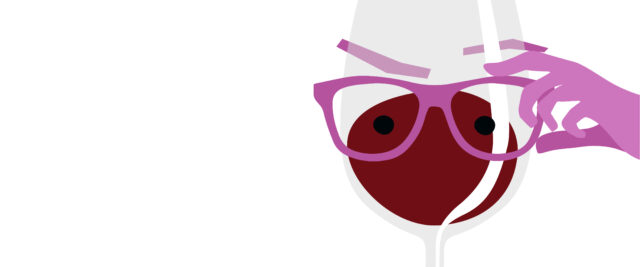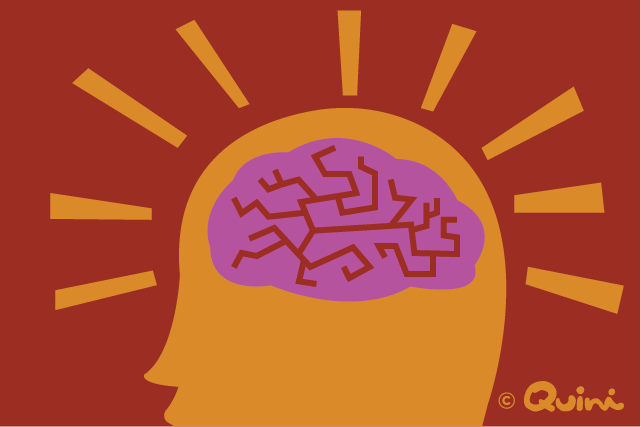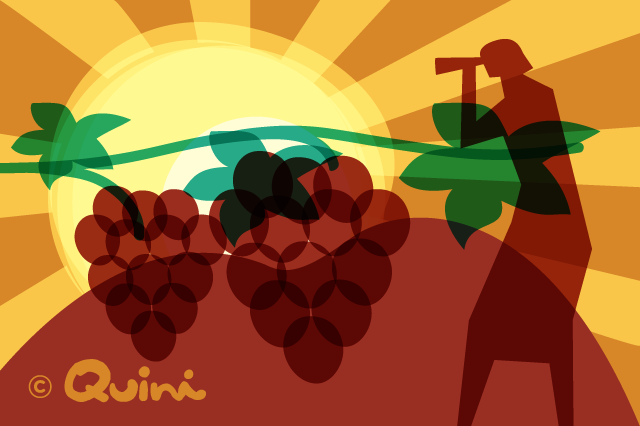
A North America Sensory Study On Cabernet Sauvignon Consumer Preferences
Many wineries are diving deeper into the world of data to better understand their markets. In the world of wine, Cabernet Sauvignon is a critical arena where wineries big and small big compete for market share.
We looked at the latest QUINI DATA™ interactive consumer sensory report on Cabernet Sauvignon, to bring you key insight you can use today. The report, CABERNET SAUVIGNON – Consumer Sensory Study of Household Name Cabernet Sauvignon – Norh America 2021, analyzes the feedback of more than 300 consumers of 34 high volume leading wines across 5 U.S. States and Western Canada. A total of 3,500 deep, rich wine reviews spell out opportunity for anyone paying attention to what consumers have to say.
Highlights:
- On average, male wine drinkers prefer Cabernet Sauvignon more than female consumers.
- West Coast wine consumers rate Cabernet Sauvignon wines higher than drinkers on the East Coast.
- Older generations record an impression of longer finish duration on Cabernet Sauvignon.
- Big volume brands don’t necessarily mean high consumer preference. The report lists several big sellers with relatively low consumer ratings.
- The majority of female drinkers rate a Cabernet Sauvignon wine’s taste lower than its aroma.
- Consumers prefer Cabernet Sauvignon wines with relatively higher acidity, higher alcohol and higher sweetness.
- Consumers have a negative reaction to a sense of exaggerated tannin in a Cabernet Sauvignon, when compared to other aspects of the wine that together create a more harmonious balance and taster experience.
- Male drinkers on average prefer sweeter Cabernet Sauvignon wines than female consumers.
- GenZ and Millennial consumers prefer ruby colored Cabernet Sauvignon wines, while GenX and Boomers lean towards purple shade products.
- Among the Cabernet Sauvignon most identified flavours, consumers associate Oak, Cherry and Rose with their most preferred wines. Conversely, consumer preference drops when flavours of Forest Floor, Smoke and Black Pepper are prominently noted.
If you have a Cabernet Sauvignon product you’d like to analyze and benchmark against a competitive set, drop us a note at sales@quiniwine.com.

How Wineries Are Using Consumer Sensory Insight to Solve Business Mysteries and Grow
Uncovering the value of wine consumer sensory data to a winery’s business is an edge that will greatly benefit the early adopters.
Have you ever been in a meeting at your winery where the team is trying to put its finger on the cause for a decline in sales, but instead, some departments end up pointing fingers at others? Do you sense the waste of executive level hours and brain power?
Before we get into the application of consumer insight for a winery, let me make an important point to deepen the reader’s appreciation for data. Sensory data, to be specific.
The North American wine industry is transitioning from a winemaker driven market, to a consumer driven one. Slowly but surely. Noticeably, some wineries are recruiting former CPG company marketing executives, to help enable the shift. Amongst our client base, is not uncommon today to see P&G, JnJ or Kellogg’s on a winery top executive’s resume.
Consumer centered brands are born and cultivated to International market leadership because of a single reason. They deliver concepts and benefits that resonate with the target consumer. Products that attempt to grow sales by buying market share, using large distribution networks and big marketing dollars to push into consumer homes, usually have a short life.
The wine industry knows this very well. Produce a wine the internal team and the boss like, brand it well, promote it with the trade like sommeliers, retailers and wine critics, then through them, push it onto the consumer. Wait six months, a year or more, realize and recognize there is a problem, then re-label, re-blend if you must, and make another push. Rinse and repeat as desired.
What a wasteful approach to business.
The hard seltzer, craft beer and other alcoholic beverages outplayed the wine industry for the past several years. They have taken the lion’s share of growth in many major markets.
Today, more wineries, from high volume to premium brand producers, are turning to the consumer to better understand their needs, adjust strategy and innovate around their palate and lifestyle. Notably, it took a pandemic for many wineries to recognize the importance of truly knowing one’s end consumer. Nevertheless, what we are seeing is a healthy shift that should set many wineries on renewed, sustainable and more profitable growth.
This is where sensory data comes into play.
Since the use of consumer wine tasting sensory data is relatively novel in the industry, the best way to illustrate the benefits is to share some real examples of how it can be used in a the winery business.
- Find out how consumers feel that your products stack up against other brands in the category.
- See what consumer expectations from your product are. Is the score aligned with the product rating or is it lagging. If it is, more attention should be paid to the various factors that impact consumer perception on the shelf. Perhaps pricing strategy needs to be reviewed to, to compensate for a disadvantage at the point of sale.
- Use the competitive benchmark scores in product sales sheets to support your sales team when presenting your products.
- Use the data to re-energize you sales teams. At times, the data gives marketing the added confidence it needs to reverse internal perception and galvanize sales.
- Filter data by age group and gender. Does your product resonate with a specific audience? More focused messaging, branding and messaging, combined with a product that resonates, can drive growth and long term loyalty.
- Filter the data by state or city. Does a particular spot see more in your product? Does the information affect your logistics such as inventory allocations, warehousing and shipping? How about marketing spend concentration and distribution?
- What does the sensory data tell you about the aspects of your wine that drinkers in your target market like or dislike the most? Is it the aroma, the look or the taste? What are people tasting or smelling that is affecting their impression?
- Does your wine beat a more expensive competing product on taste? Can you leverage this information in internal meetings, in sales and in product related decisions?
- What makes your wine or a competing product so compelling and likable, or not? Can you tell if sweetness, acidity, tannin or colour intensity and shade are playing a positive or a negative role?
- Do the analytics confirm that the next vintage flavour profile is consistent with the last vintage and winemaker’s goals?
- Is your target consumer likely to recommend your wine? More or less than key competitors’ wines? Can you use this data to support sales and marketing messaging? Is there a loyaty and repeat purchase problem the data highlights?
- What is the consumer price sentiment on your product? Is there room for a price increase or are you already pushing the limit? Pricing decisions are critical to sales and profits and you need customer feedback by your side. Sales data alone is insufficient, since there are many factors that influence sales.
- What are the key technical differences between your product and the category leader(s)? Is the balance impression in favour of your product? How about alcohol and acidity? A spider chart that superimposes products allows you to instantly spot key difference, without having a degree in data science.
- What do millennial or Gen Z consumers want? Are you able to uncover a, innovative product idea?
- Can you quickly tell what has been causing sales declines for a particular brand?
- Can you spot a cannibalization problem you weren’t considering?
- Is there a slight adjustment that your winemakers can do, to make a product generate more pull at the point of sale? Such as colour hue and intensity?
We can certainly keep going. However I hope these real business applications provoke thought around the versatility and importance of sensory data in uncovering opportunity and shaping decisions at your winery.
Every winery has its own strategic goals and issues. Consumer sensory data is the new face of information that you need to have by your side. Applied diligently and intelligently, the ROI on such data can pay for your investment in multiples.
Start working with rich sensory consumer data on the top selling grape varietals in North America, by purchasing one of these interactive reports. Or contact us to discuss your specific data requirements.
Roger is CEO of Quini and can be reached at roger@quiniwine.com.

As the wine industry advances into a data-driven decision making paradigm, at Quini we get asked sometimes about the return on investment (ROI) a winery can expect from consumer sensory data.
Read More

Covid-19 ravaged through the wine business like a major fire that takes with it anything that stands in the way. Many smaller wineries seem like they are on the verge of collapse. Inventory is sitting idle in many wineries for no one to come by the tasting room to pick up, as they have, summer after summer.
Read More







